Home>Home Appliances>Laundry Appliances>Why Doesn’t My Washing Machine Spin All The Water Out?
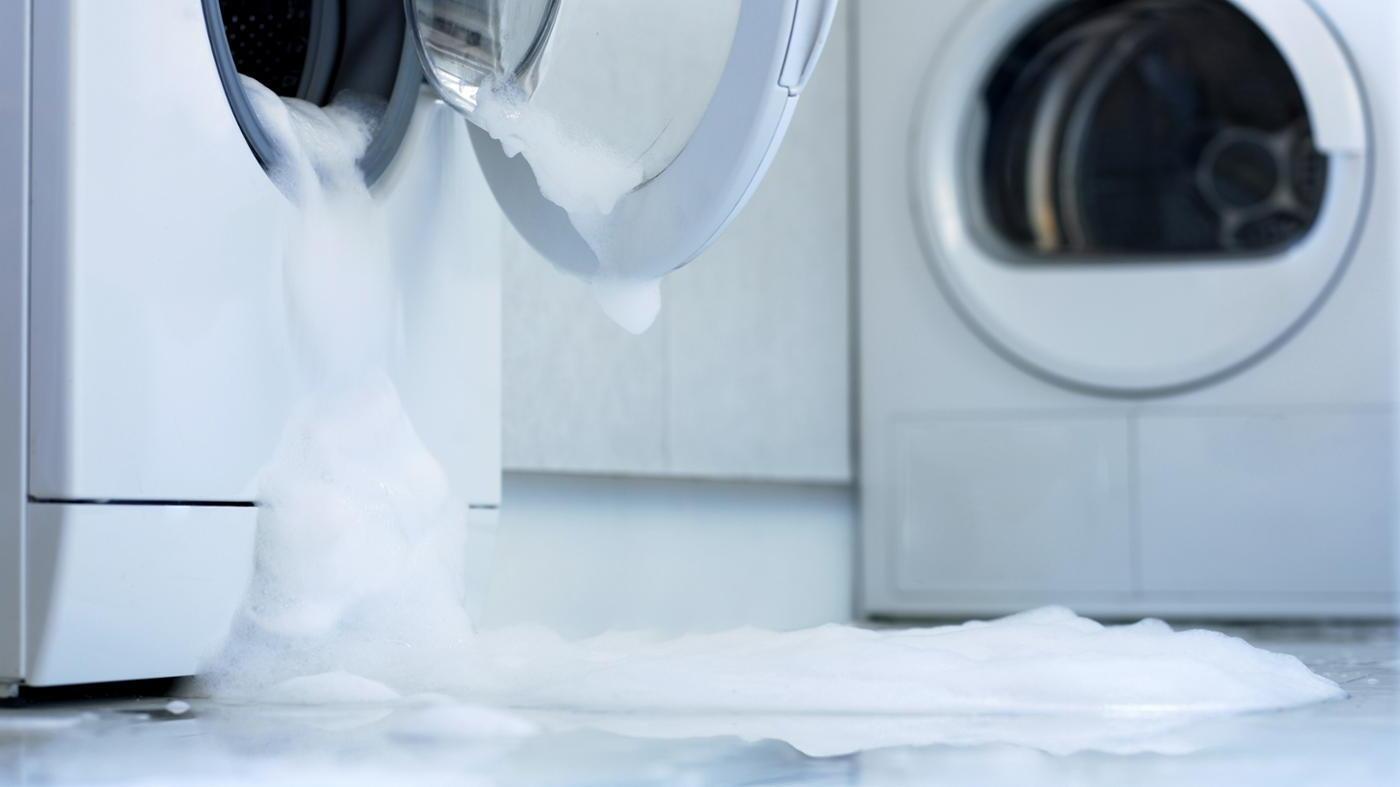

Laundry Appliances
Why Doesn’t My Washing Machine Spin All The Water Out?
Published: February 21, 2024
Discover common reasons why your laundry appliances, like washing machines, may not be spinning out all the water, and learn how to troubleshoot the issue.
(Many of the links in this article redirect to a specific reviewed product. Your purchase of these products through affiliate links helps to generate commission for Storables.com, at no extra cost. Learn more)
Common Reasons for Washing Machine Not Spinning Out Water
When your washing machine fails to spin out water, it can be frustrating and inconvenient. However, understanding the common reasons behind this issue can help you troubleshoot and resolve the problem effectively.
-
Overloading: One of the most frequent causes of a washing machine not spinning out water is overloading. When you cram too many clothes into the machine, it can become unbalanced, leading to an inability to spin properly.
-
Imbalanced Load: Even if you haven't overloaded the machine, an imbalanced load can still prevent the spin cycle from functioning correctly. Uneven distribution of clothes in the drum can cause the machine to struggle with achieving the necessary balance for spinning.
-
Worn or Broken Drive Belt: The drive belt in a washing machine is responsible for transferring power from the motor to the drum. If this belt becomes worn or broken, the machine may not be able to spin out water effectively.
-
Faulty Door Latch or Interlock: A faulty door latch or interlock can prevent the washing machine from entering the spin cycle. This safety mechanism ensures that the door remains locked during operation, and if it malfunctions, the machine may not spin.
-
Clogged Drain Pump or Filter: A clogged drain pump or filter can obstruct the flow of water out of the machine during the spin cycle. This can lead to water remaining in the drum at the end of the cycle.
-
Malfunctioning Motor Coupling: The motor coupling connects the motor to the transmission and can wear out over time. If it fails, the machine may not be able to spin the drum effectively.
Understanding these common reasons for a washing machine not spinning out water can empower you to identify and address the issue promptly. By addressing these potential causes, you can restore your washing machine's functionality and ensure that your laundry is thoroughly spun out, ready for drying.
Key Takeaways:
- Don’t overload your washing machine! Overloading and imbalanced loads can prevent the spin cycle, leaving water in your clothes. Keep it balanced for effective spinning.
- Check the drive belt and electrical components. Worn drive belts and faulty electrical parts can hinder spinning. Address these issues to restore your washing machine’s functionality.
Read more: Why Is There Water In My Washing Machine
Potential Mechanical Issues with Washing Machine
Mechanical issues can significantly impact a washing machine's ability to spin out water effectively. Understanding these potential problems is crucial for diagnosing and resolving issues with the machine's mechanical components.
Worn or Broken Drive Belt
The drive belt plays a critical role in facilitating the spinning action of the washing machine. Over time, this component can become worn or even break, impeding the machine's ability to spin out water efficiently. A visual inspection of the drive belt can reveal signs of wear, such as fraying or cracking. If such indications are present, replacing the drive belt is essential to restore the machine's functionality.
Damaged Motor Coupling
The motor coupling serves as a vital link between the motor and the transmission in the washing machine. Continuous use and wear can lead to damage or breakage of the motor coupling, resulting in the machine's inability to spin the drum effectively. Symptoms of a malfunctioning motor coupling may include unusual noises during the spin cycle or the drum failing to spin altogether. Replacing the motor coupling is necessary to rectify this issue and restore the machine's spinning functionality.
Faulty Door Latch or Interlock
The door latch or interlock is a safety feature that ensures the washing machine's door remains securely closed during operation. A malfunctioning door latch can prevent the machine from entering the spin cycle, as it may not register that the door is properly closed. This issue can manifest as the machine's failure to initiate the spin cycle or an error message indicating a door-related problem. Replacing the faulty door latch or interlock is essential to enable the machine to proceed with the spin cycle as intended.
Malfunctioning Clutch Assembly
The clutch assembly in a washing machine facilitates the transition between the agitator and the spin cycle. If the clutch becomes worn or damaged, it can impede the machine's ability to engage the spin cycle effectively. Symptoms of a malfunctioning clutch assembly may include the machine's failure to spin or unusual noises during the spinning process. Replacing the faulty clutch assembly is crucial to restore the machine's spinning functionality and ensure proper operation.
By addressing these potential mechanical issues with a washing machine, you can effectively troubleshoot and resolve issues that may be hindering its ability to spin out water efficiently. Identifying and rectifying these mechanical problems is essential for restoring the machine's functionality and ensuring optimal performance during the laundry process.
Possible Electrical Problems with Washing Machine
Electrical issues can significantly impact a washing machine's ability to function properly, particularly when it comes to the spin cycle. Understanding the potential electrical problems that may arise is crucial for diagnosing and resolving issues with the machine's electrical components.
Faulty Lid Switch
The lid switch is a safety feature that prevents the washing machine from spinning when the lid is open. If the lid switch is faulty or defective, the machine may not initiate the spin cycle, as it does not register that the lid is securely closed. This can result in the machine's inability to spin out water effectively. Symptoms of a faulty lid switch may include the machine not spinning at all or stopping abruptly during the spin cycle. Replacing the lid switch is essential to enable the machine to proceed with the spin cycle as intended.
Defective Motor Control Board
The motor control board, also known as the main control board, plays a crucial role in regulating the washing machine's motor functions, including the spin cycle. If the motor control board is defective or damaged, it can disrupt the machine's ability to initiate or maintain the spin cycle. Symptoms of a defective motor control board may include the machine failing to spin, displaying error codes related to motor control issues, or experiencing intermittent spinning problems. Replacing the defective motor control board is necessary to restore the machine's spinning functionality and ensure proper operation.
Wiring Issues
Faulty or damaged wiring within the washing machine can lead to electrical problems that affect the spin cycle. Loose connections, frayed wires, or damaged harnesses can disrupt the flow of electricity to the motor and other critical components involved in the spinning process. Symptoms of wiring issues may include the machine intermittently failing to spin, erratic spinning behavior, or complete failure to initiate the spin cycle. Thoroughly inspecting and repairing any faulty wiring or connections within the machine is essential to ensure consistent and reliable spinning performance.
Capacitor Malfunction
The capacitor in a washing machine is responsible for providing the initial jolt of electricity to start the motor, including during the spin cycle. If the capacitor malfunctions or fails, it can impede the motor's ability to initiate or maintain the spin cycle effectively. Symptoms of a faulty capacitor may include the machine's failure to start spinning, unusual humming sounds during the spin cycle, or intermittent spinning problems. Replacing the defective capacitor is crucial to restore the machine's spinning functionality and ensure smooth operation.
By addressing these potential electrical problems with a washing machine, you can effectively troubleshoot and resolve issues that may be hindering its ability to spin out water efficiently. Identifying and rectifying these electrical issues is essential for restoring the machine's functionality and ensuring optimal performance during the laundry process.
How to Troubleshoot and Fix Washing Machine Spin Issues
When faced with washing machine spin issues, it's essential to approach troubleshooting and repairs systematically to identify and rectify the underlying problems. By following a structured process, you can effectively address the issues and restore your washing machine's spinning functionality. Here's a comprehensive guide to troubleshooting and fixing washing machine spin issues:
1. Check for Overloading and Imbalanced Load
Start by ensuring that the washing machine is not overloaded and that the laundry is evenly distributed in the drum. Overloading and an imbalanced load are common culprits for spin issues. Adjust the load if necessary to achieve a balanced distribution of clothes.
Read more: Why Does My Washer Not Fill Up With Water
2. Inspect the Drive Belt
Visually inspect the drive belt for any signs of wear, such as fraying, cracking, or stretching. A worn or broken drive belt can hinder the machine's ability to spin out water effectively. If the drive belt shows signs of damage, it should be replaced to restore proper functionality.
3. Test the Door Latch or Interlock
Check the door latch or interlock to ensure that it is functioning correctly. A faulty door latch can prevent the washing machine from entering the spin cycle. If the door latch is defective, it should be replaced to enable the machine to proceed with the spin cycle as intended.
4. Examine the Drain Pump and Filter
Inspect the drain pump and filter for any obstructions or debris that may be impeding the flow of water during the spin cycle. Clear any clogs or blockages to ensure proper drainage and water extraction from the drum.
5. Assess the Motor Coupling
Examine the motor coupling for signs of wear or damage. A malfunctioning motor coupling can impede the machine's ability to spin the drum effectively. If the motor coupling is faulty, it should be replaced to restore proper spinning functionality.
6. Verify the Functionality of Electrical Components
Check the lid switch, motor control board, wiring, and capacitor for any defects or malfunctions. These electrical components play a critical role in initiating and maintaining the spin cycle. Replace any faulty components to ensure consistent and reliable spinning performance.
By systematically addressing these potential issues, you can troubleshoot and fix washing machine spin issues effectively. Following these steps can help you identify and rectify the underlying problems, restoring your washing machine's functionality and ensuring optimal performance during the laundry process.
Frequently Asked Questions about Why Doesn't My Washing Machine Spin All The Water Out?
Was this page helpful?
At Storables.com, we guarantee accurate and reliable information. Our content, validated by Expert Board Contributors, is crafted following stringent Editorial Policies. We're committed to providing you with well-researched, expert-backed insights for all your informational needs.
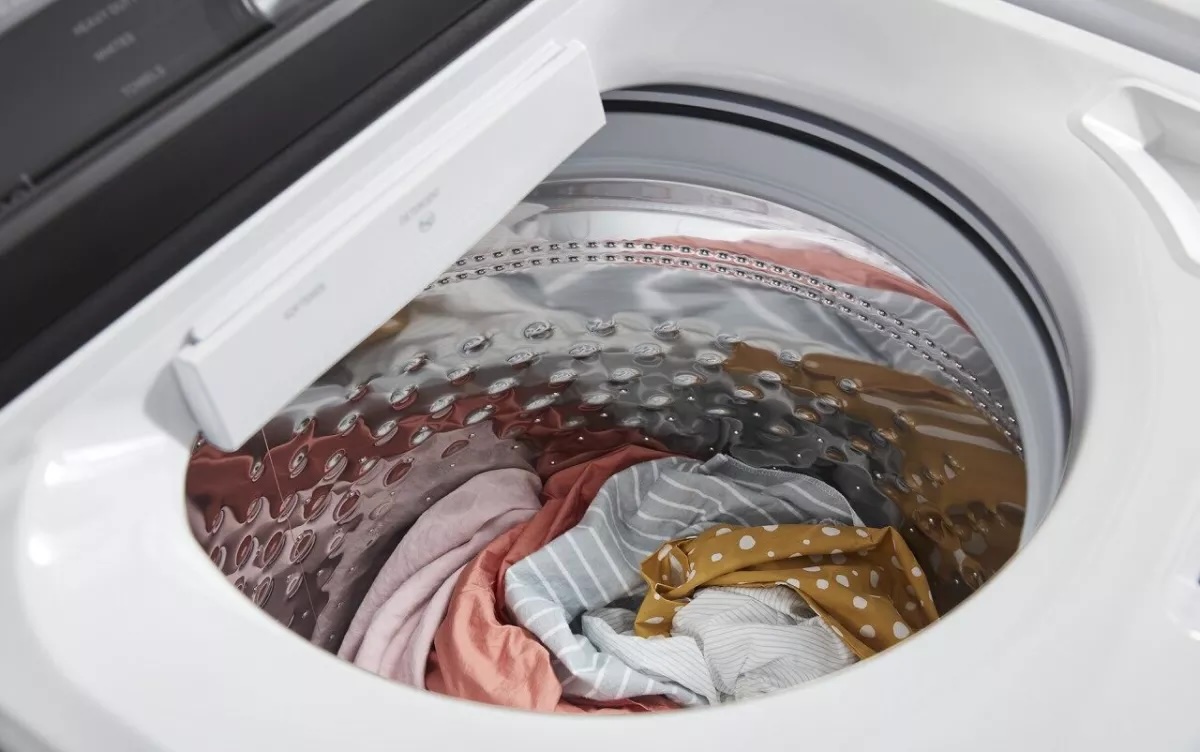
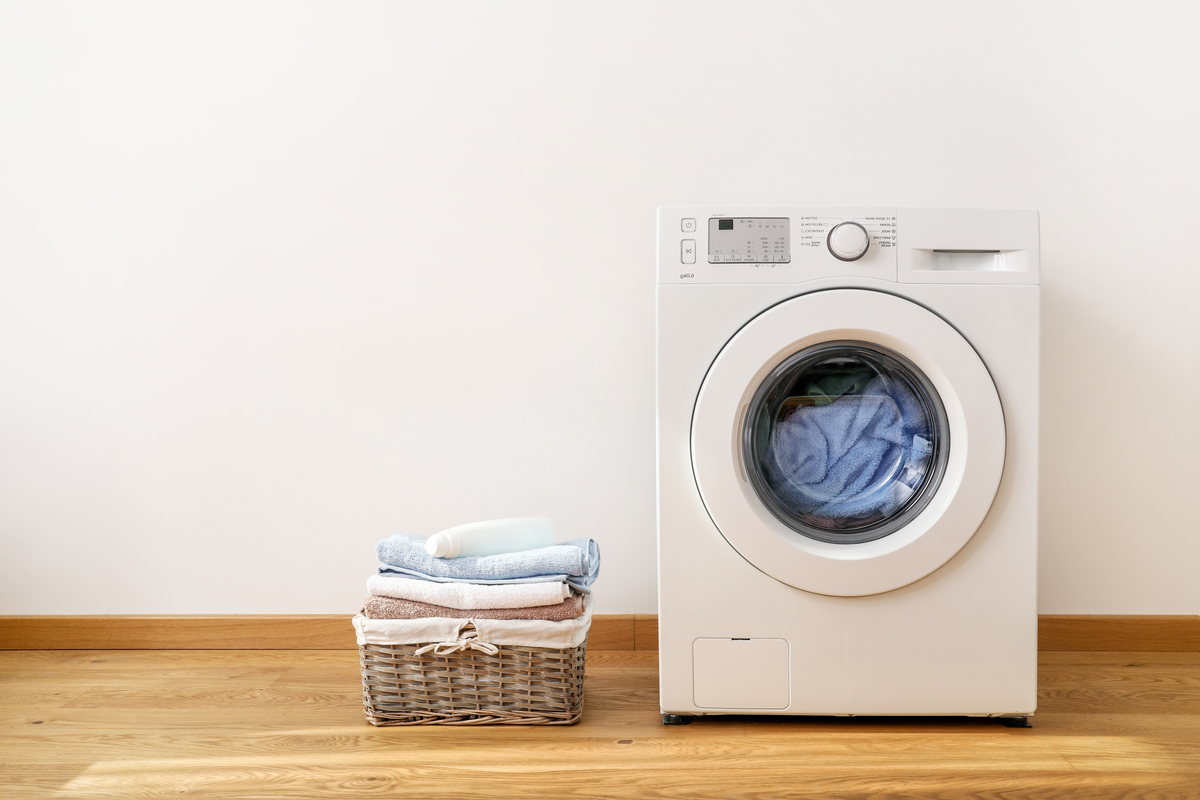
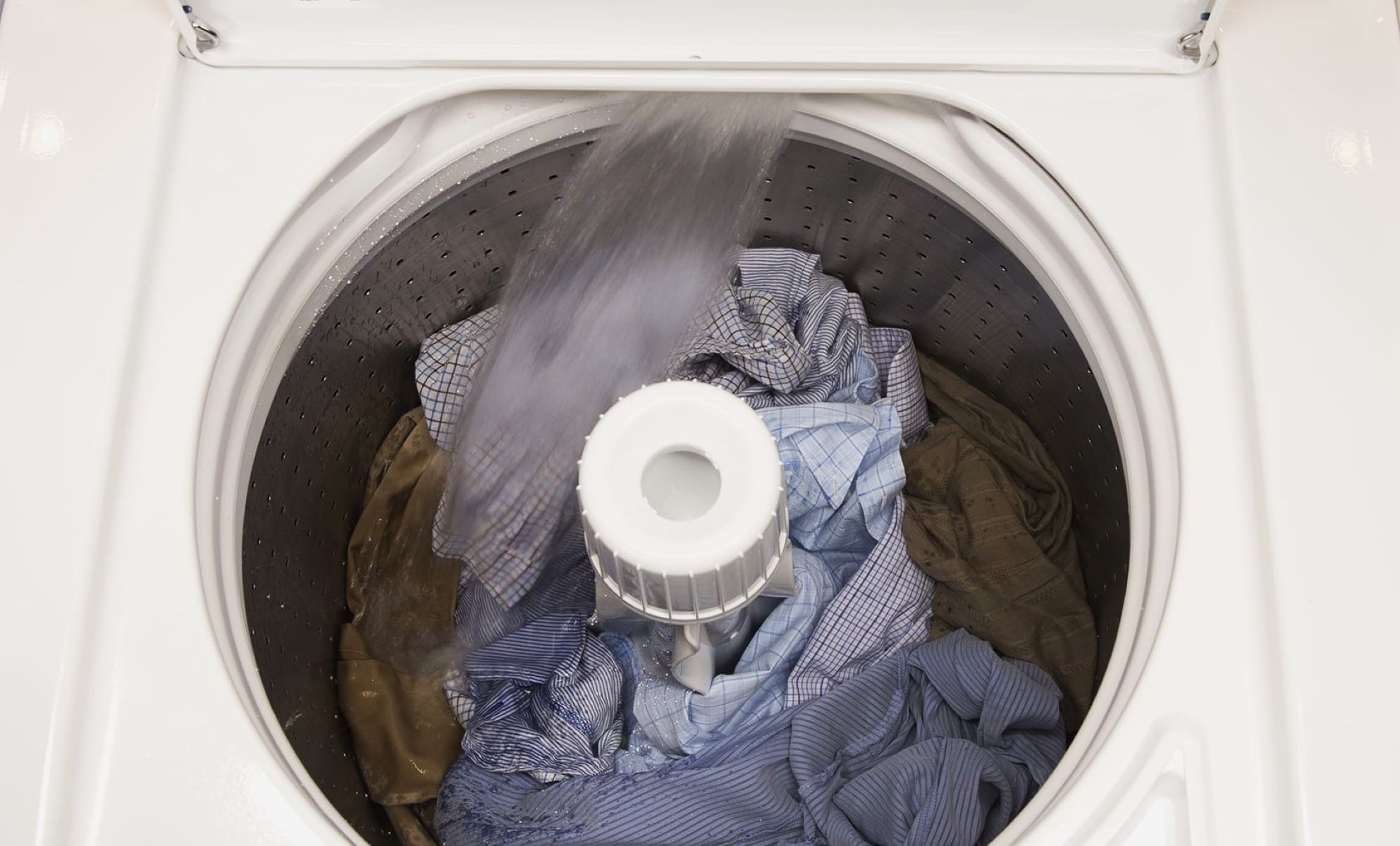
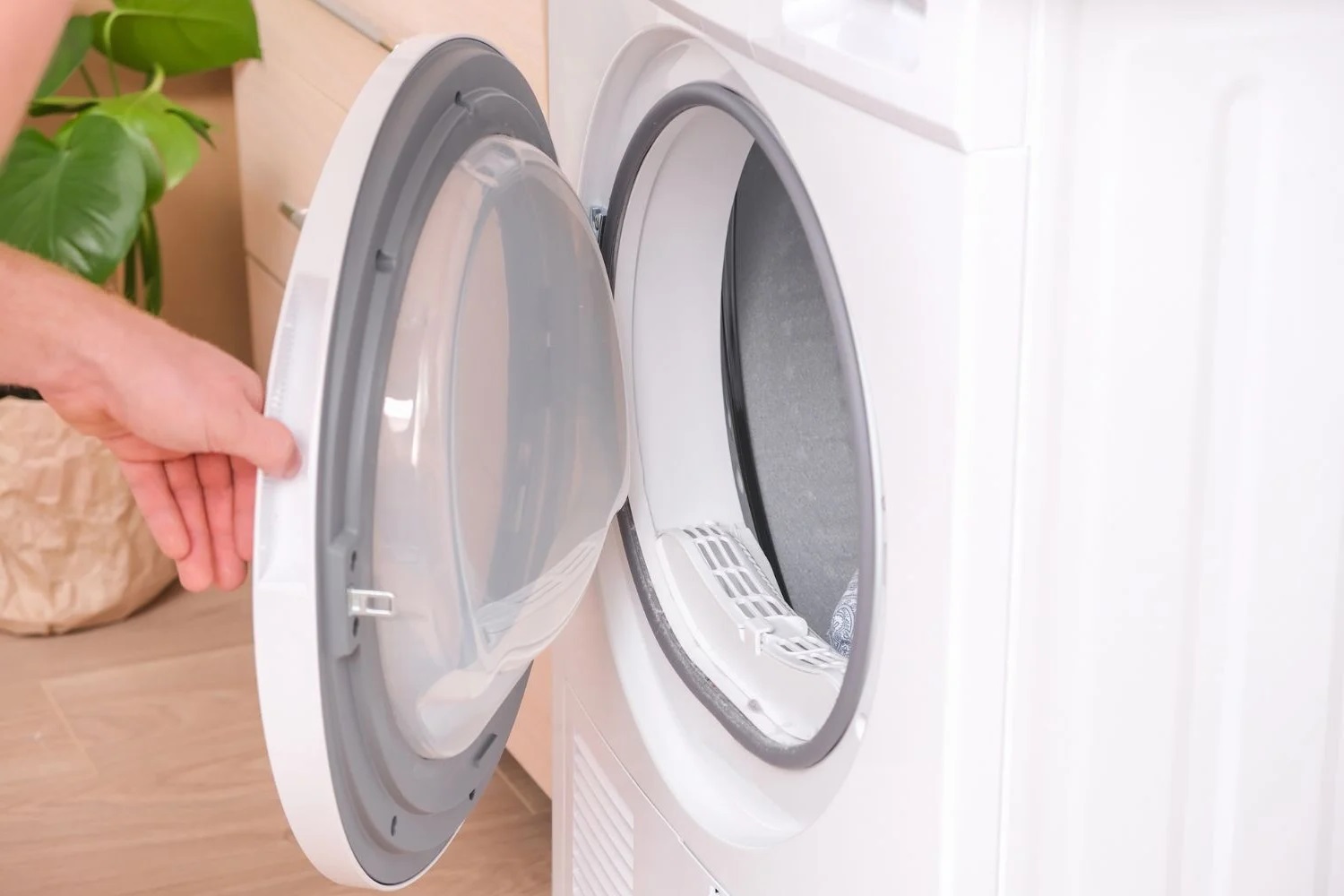
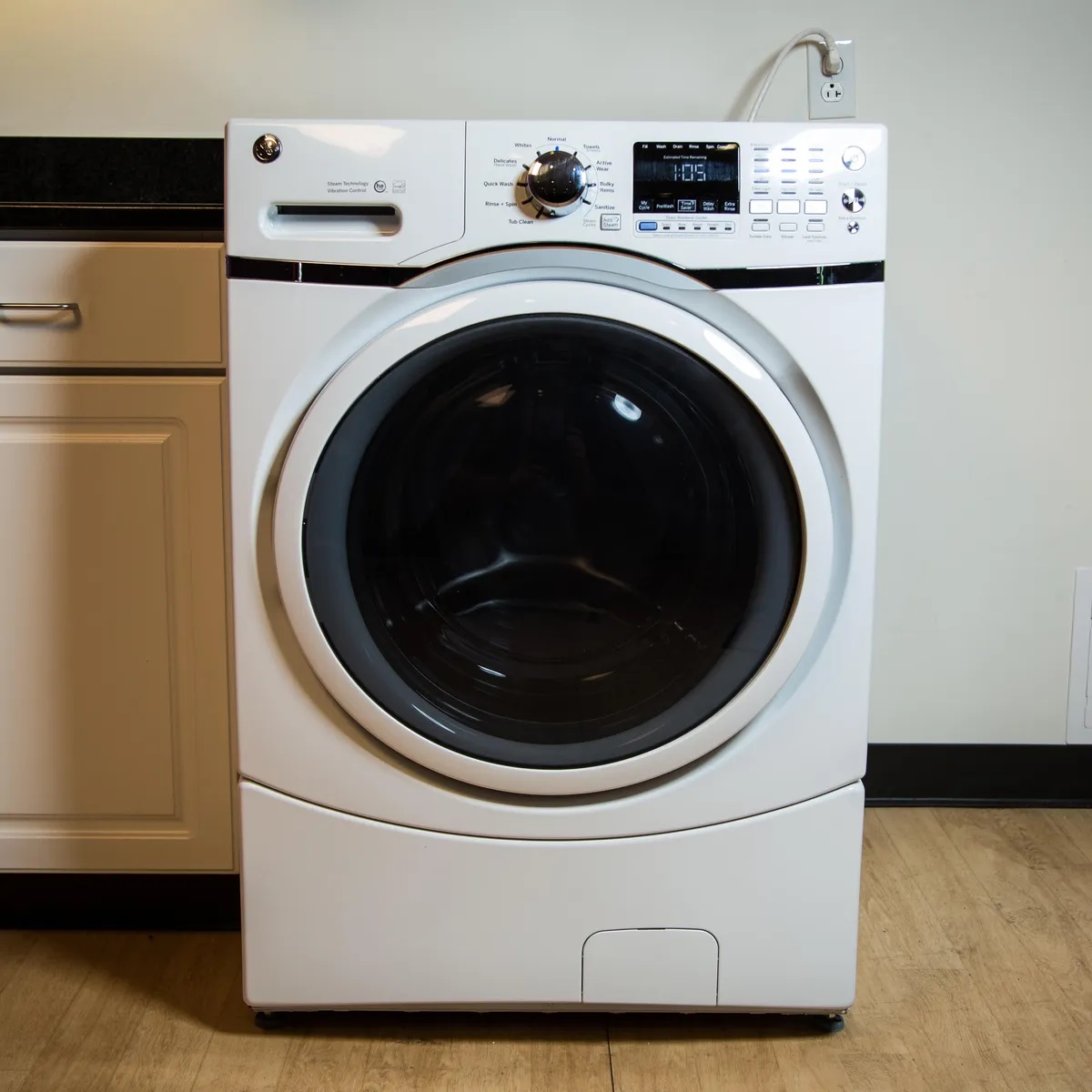
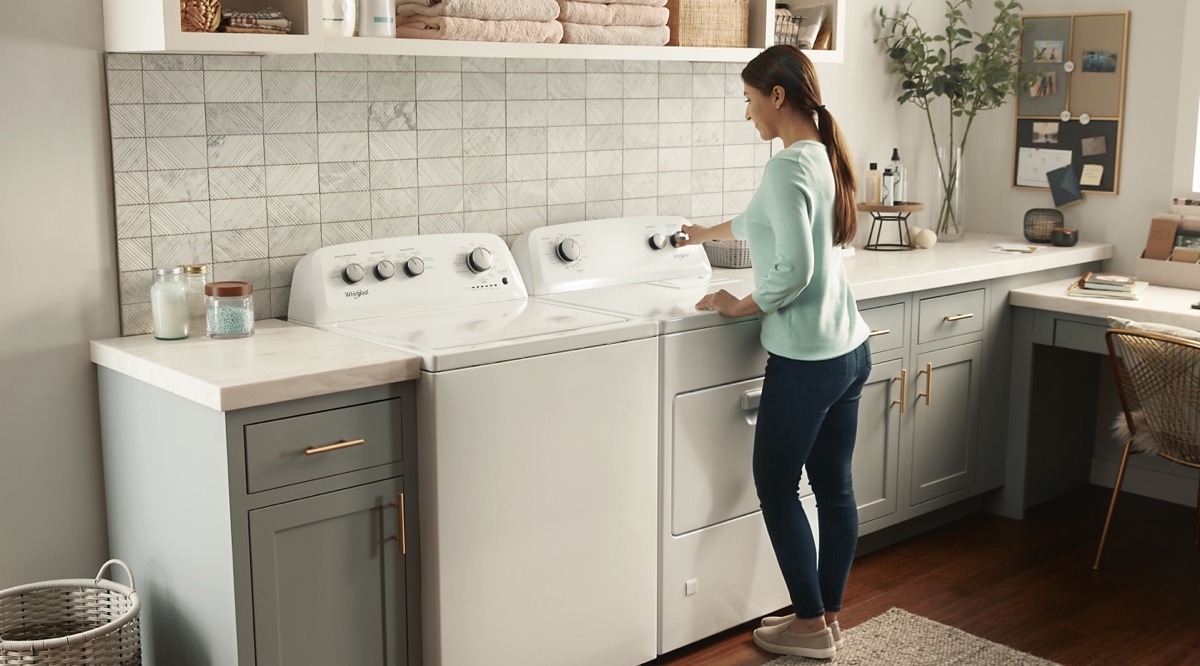
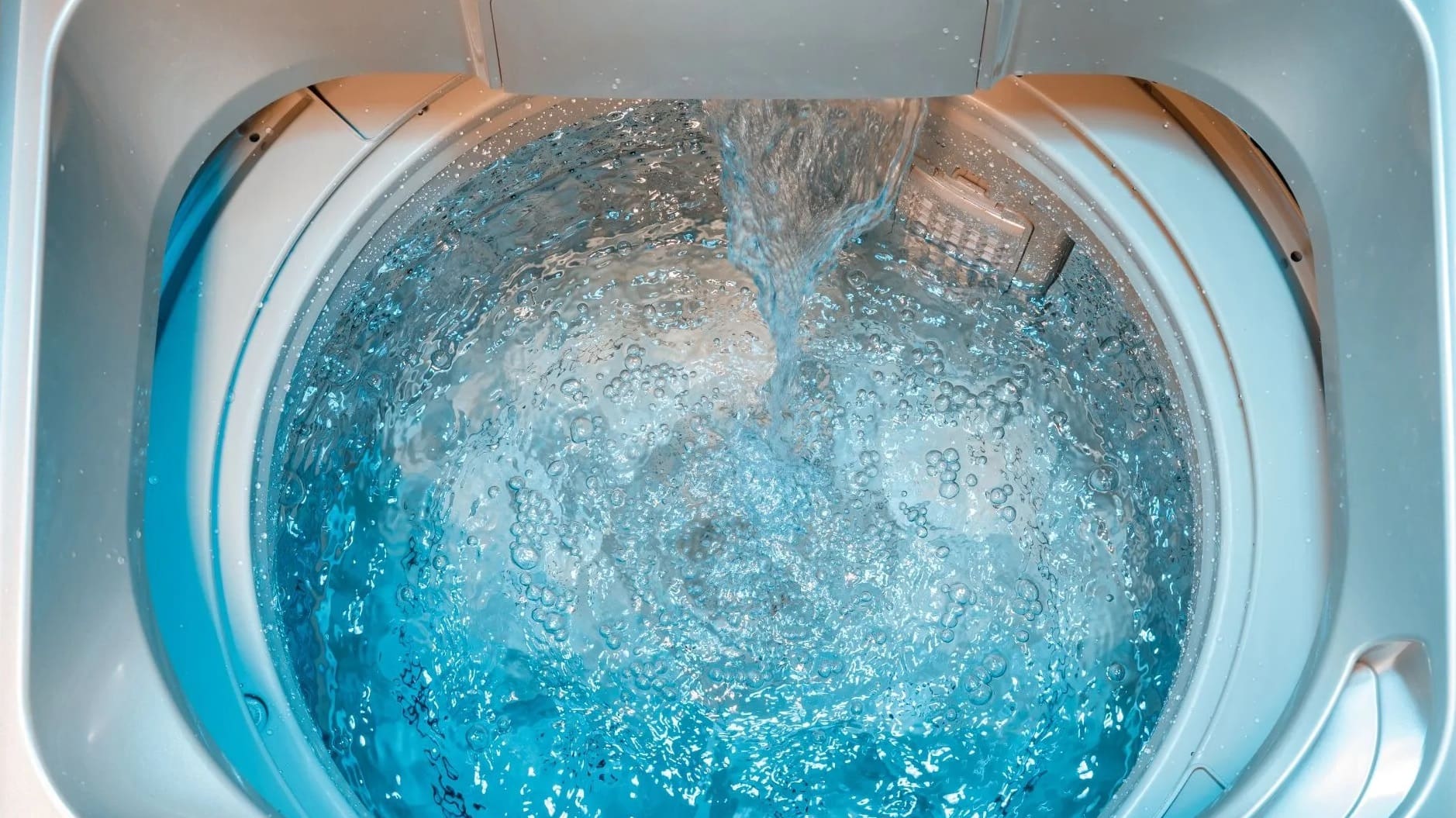
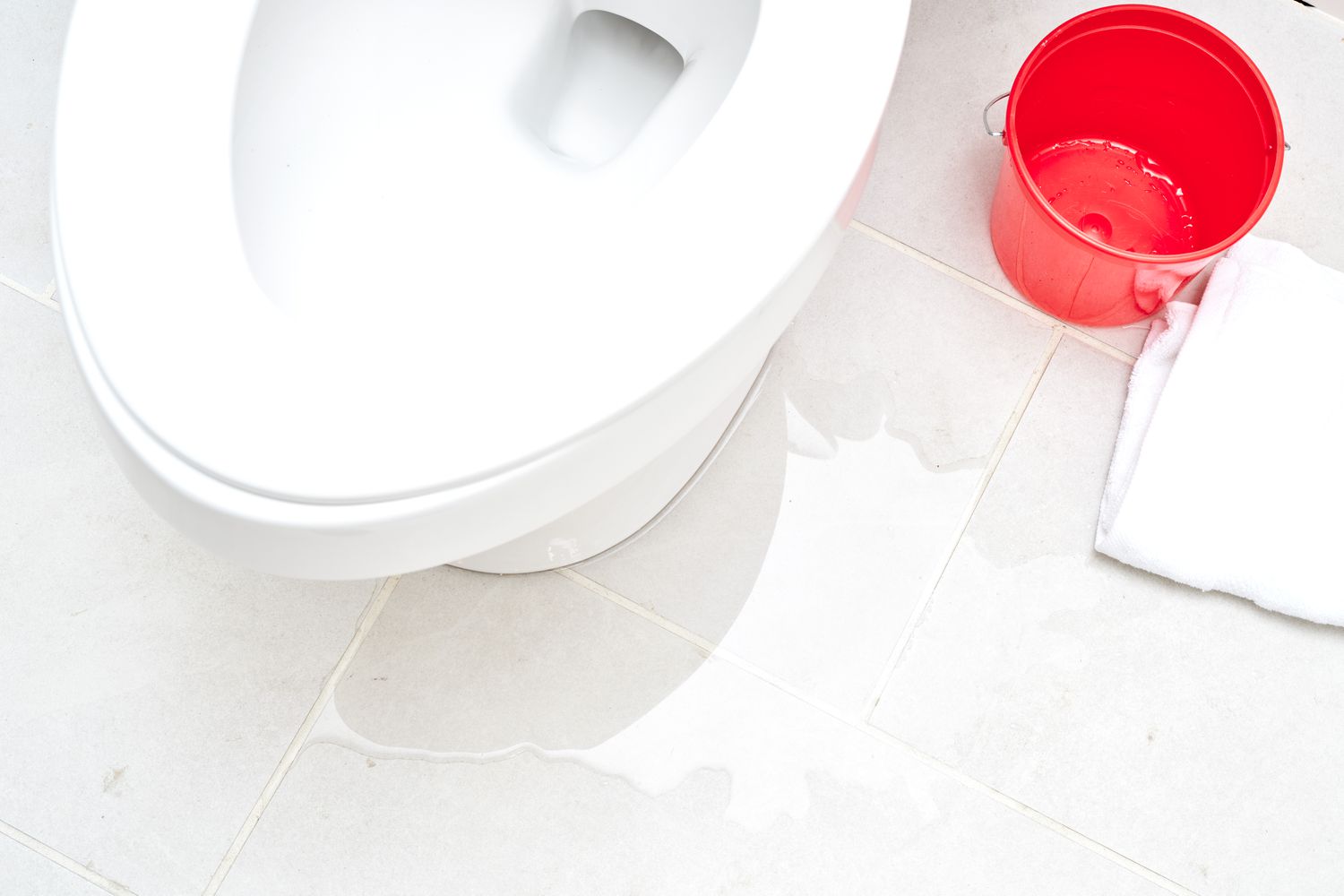
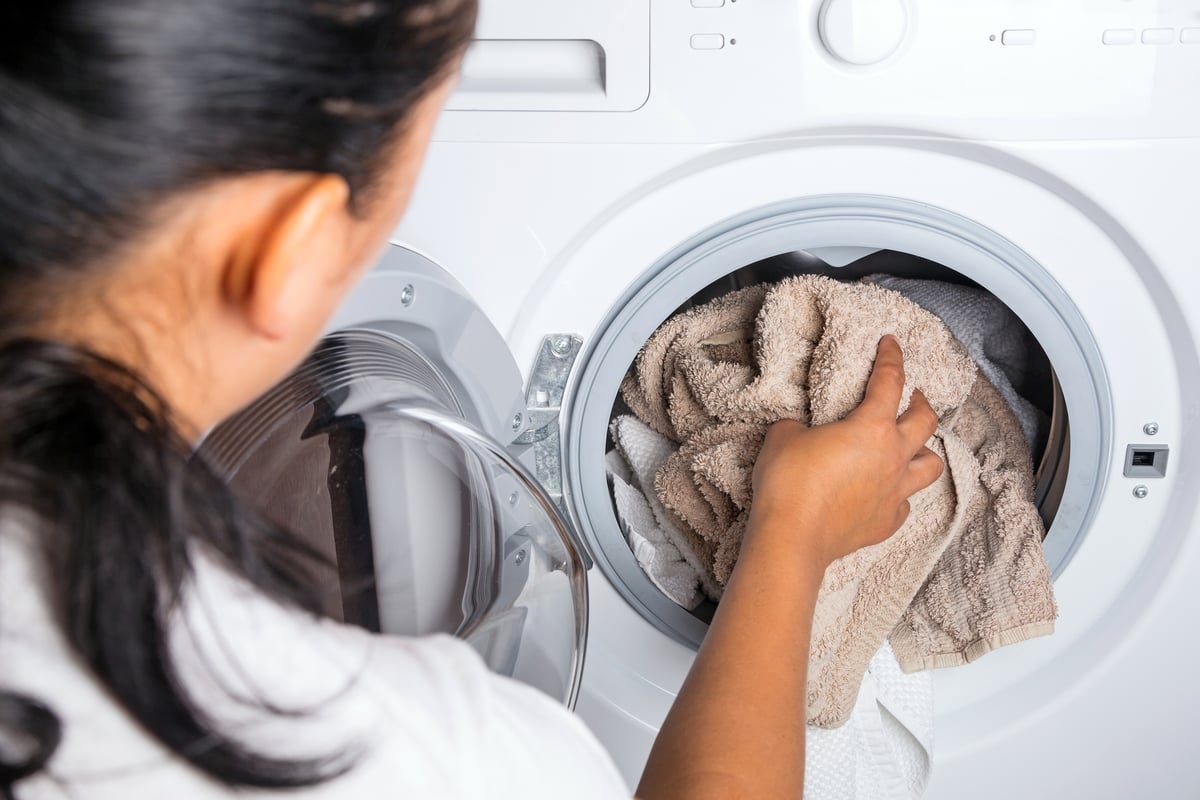
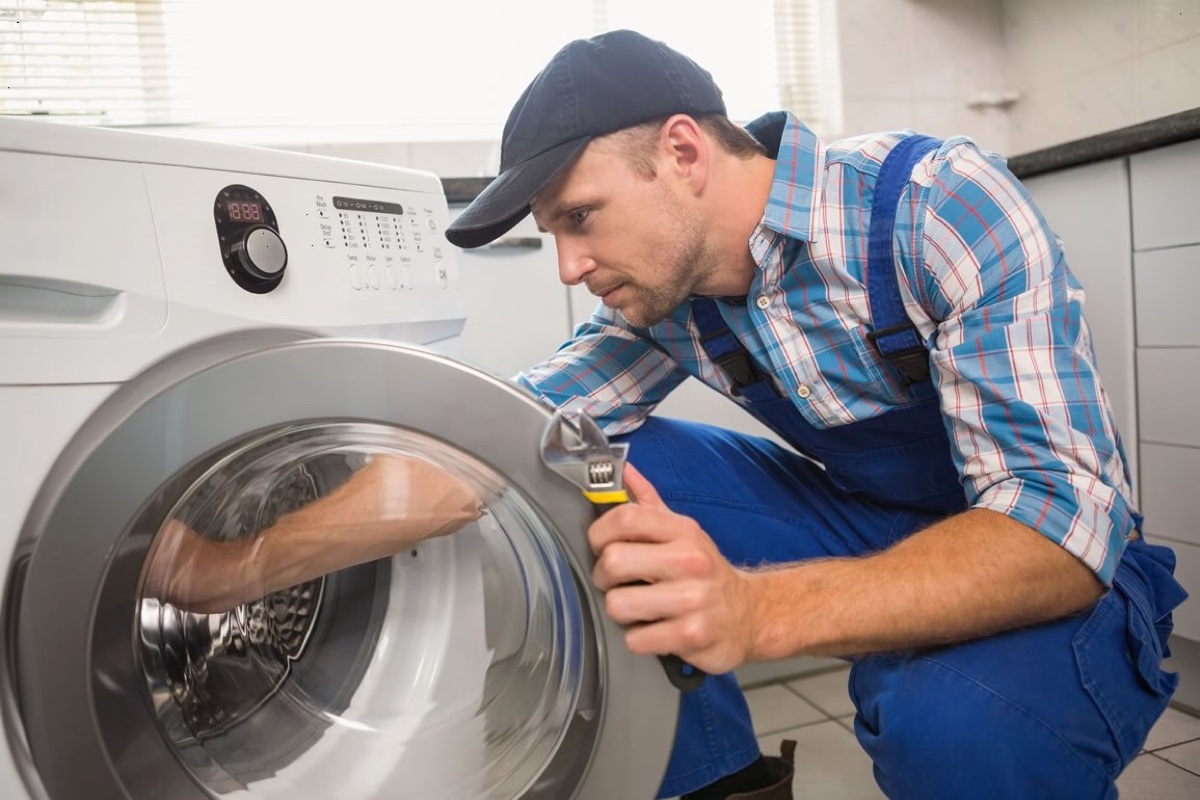
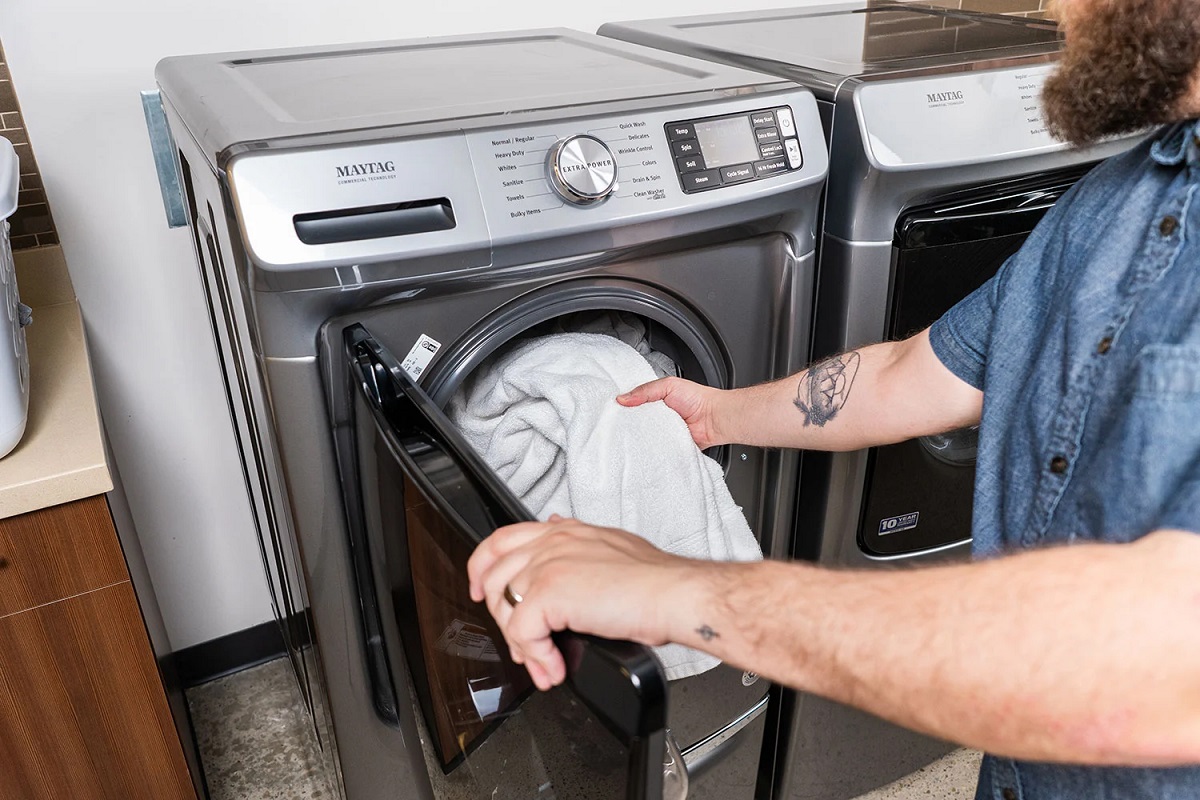

0 thoughts on “Why Doesn’t My Washing Machine Spin All The Water Out?”